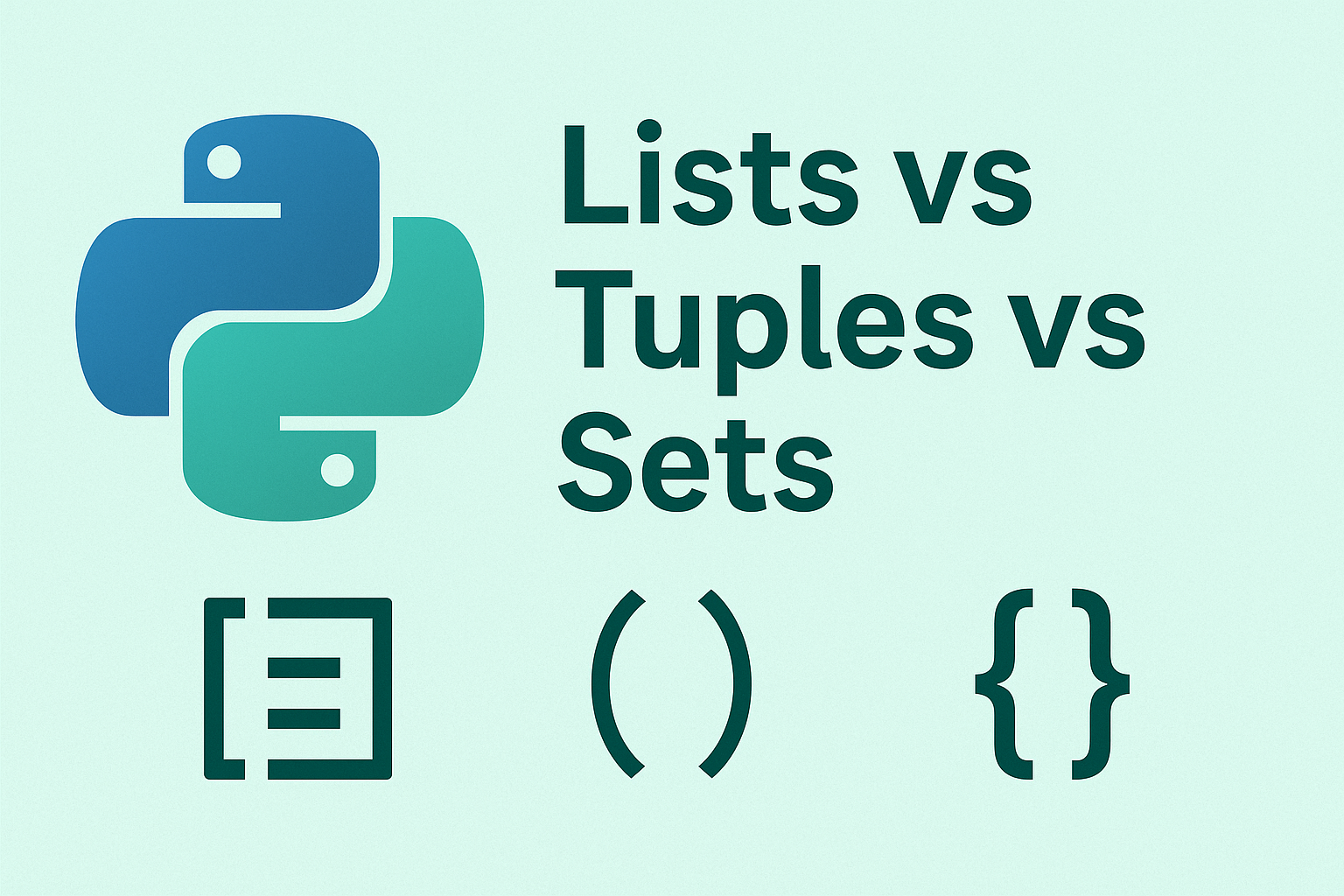
Mastering Dicts: The Most Powerful Python Container You are Underusing
🧭 Introduction If you’ve ever worked with APIs, JSON, or configuration files in Python, you’ve already used dictionaries — probably more often than you realize. But most developers barely scratch the surface of what dict can do. In this post, we’ll explore why dictionaries are Python’s most powerful and versatile container, and how mastering them can make your code cleaner, faster, and more expressive. 🧠 What Is a Dictionary? A dictionary is a key–value mapping — think of it as a real-world lookup table. ...
